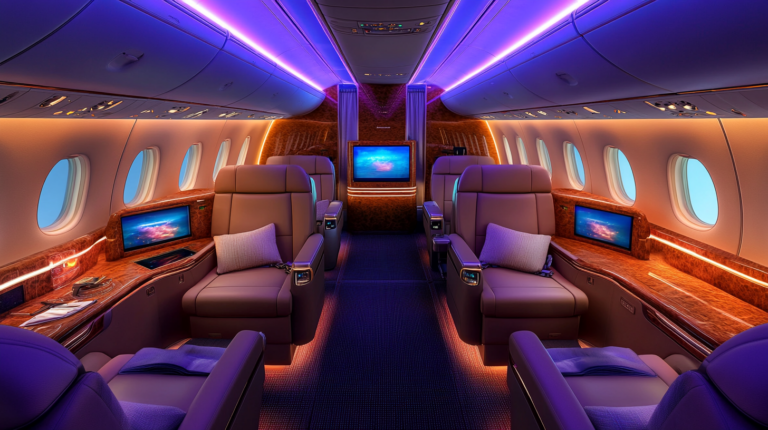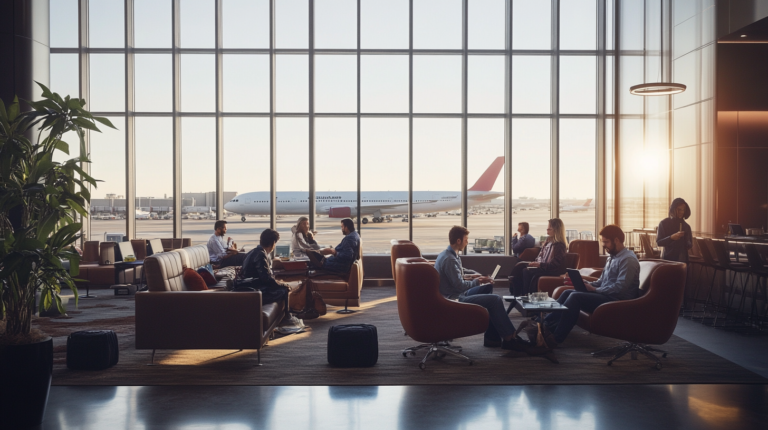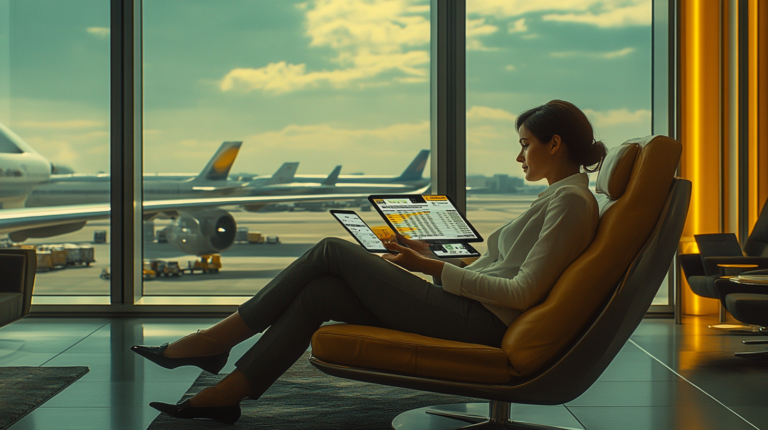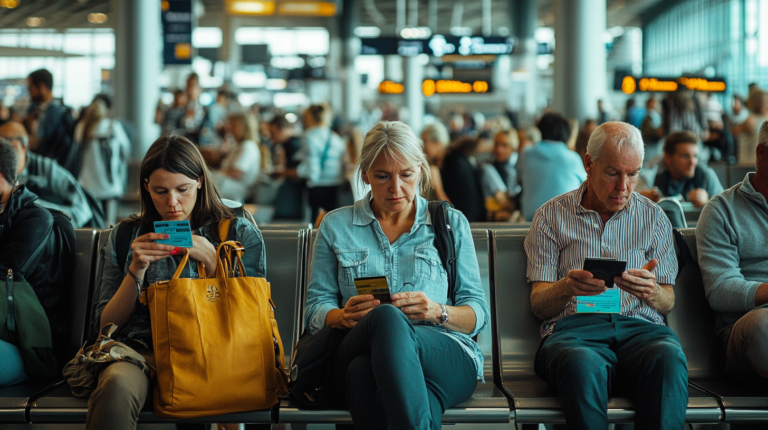Business Travel by the Numbers: A Frequent Flyer Update
Business travel has always been about forging connections, driving growth, and discovering fresh possibilities at cruising altitude. In 2025, I’m noticing more corporate flyers stepping out of their home offices and into departure lounges, bringing new life to airports, hotels, and local economies. The allure of in-person meetings, networking events, and on-site collaborations remains powerful, even in an age where virtual calls seem to dominate. Trends suggest that as companies re-embrace face-to-face interactions, they’re ready to invest in travel once again—though with sharper strategies and a renewed focus on what truly matters.
Global Spending Reaches New Heights

In the global arena, corporate travel spending is bouncing back with remarkable enthusiasm. According to new industry data, worldwide corporate travel expenditure could reach $1.5 trillion in 2025—an impressive recovery, considering the challenges businesses faced just a few years ago. I’ve observed plenty of new booking patterns, such as shorter, more purposeful trips that pack multiple meetings into a single itinerary. These efficient jaunts reflect a strategic mindset: every ticket must justify its cost and deliver real value.
The Global Business Travel Association (GBTA) has cited positive trends in infrastructure investment, with major airports upgrading lounges, check-in kiosks, and security systems to handle renewed passenger volumes more smoothly. I’ve personally seen colleagues opt for upgraded cabin classes as they try to rest in-flight and stay sharp upon landing. Amid this uptick, businesses are also funneling resources into advanced travel policies, focusing on accountability, duty of care, and measurable returns on each trip.
From my perspective, the narrative around corporate travel is all about balance—balancing costs against the undeniable benefits of face-to-face collaboration. As companies pivot between remote and in-office setups, I believe the sweet spot often lands somewhere in the middle: traveling just enough to maintain vital relationships and spark new ideas, while keeping an eye on the budget.
U.S. Business Travel Packs a Punch
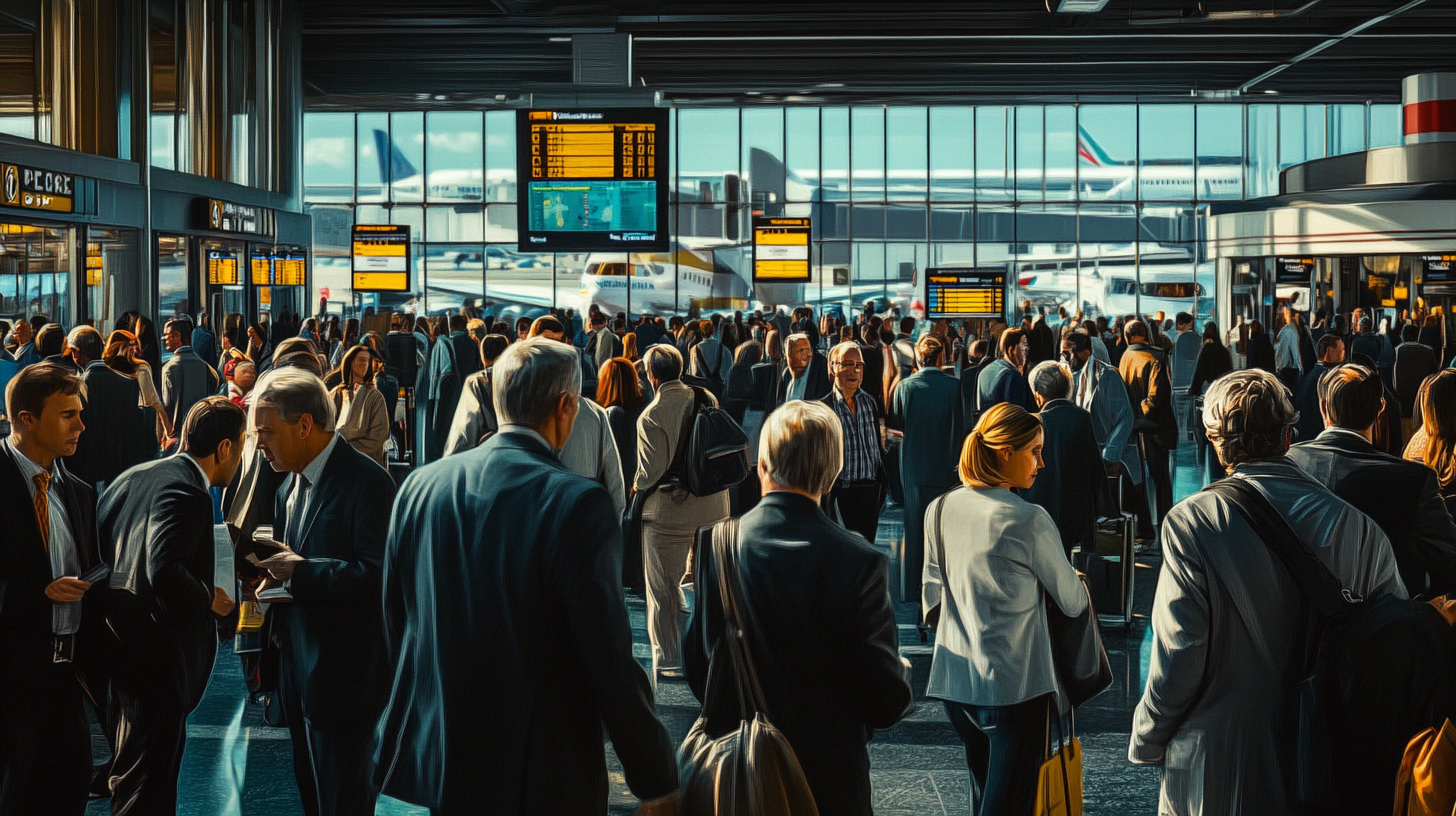
The United States remains a heavyweight in the corporate travel realm, with spending that recently surpassed $421 billion. According to the U.S. Travel Association, every 1% increase in business travel can translate into tens of thousands of new jobs and billions in wages. I’ve seen firsthand how hotel lobby conversations can lead to deals that ripple across local communities—from packed restaurants to bustling convention centers, the economic benefits spread far and wide.
Domestic flights remain a top choice for many executives, especially for connecting with teams in other states. When I fly out of major hubs like Chicago O’Hare or Los Angeles International, I notice more suitcases rolling through the concourses than just a year ago—an unmistakable sign that business travelers are back. Today, people aren’t just booking flights; they’re also using rideshare apps, dining in local eateries, and filling up hotels along their journey, further boosting communities.
But this rebound isn’t without its challenges. With airfare and lodging costs inching upward, CFOs are keeping a close eye on expense reports. Many are turning to dynamic budgeting tools that forecast annual travel expenses and pinpoint potential savings—like loyalty programs, corporate rate discounts, or strategic scheduling that pairs multiple client visits in one region.
Bleisure Takes Center Stage

For many of us who spend a good chunk of our lives in the air, the lines between work and play grow blurrier by the day. I’ve found myself adding an extra weekend when traveling for conferences, exploring nearby attractions or sampling local cuisine. This phenomenon—often called “bleisure”—is on the rise, as more professionals tack personal adventures onto business itineraries.
Recent studies suggest that approximately 30% of job seekers are willing to accept slightly lower salaries in exchange for more travel perks, including the freedom to extend trips for personal enjoyment. I’ve noticed this attitude among my fellow travelers: they’re excited to unwind at a beach or explore a museum after wrapping up their work obligations. Bleisure travel doesn’t just serve the individual; local businesses—from tour operators to artisanal shops—benefit from these travelers’ extended stays.
Companies, in turn, are getting creative with policies that encourage employees to recharge and find inspiration on the road. Many of the forward-thinking organizations I’ve encountered now formally recognize the mental and cultural benefits of travel, realizing that the synergy between work and leisure can result in happier, more productive individuals. It’s not just about hurrying to the next meeting; it’s about discovering the little joys that come with stepping off the plane in a new city.
Tech Shapes the Future

With the average business trip costing nearly $799 per person per day, organizations are eager to leverage technology to reduce costs and boost transparency. I regularly see travel managers and CFOs adopting AI-driven software that syncs with booking platforms, automatically flags out-of-policy expenses, and even suggests cheaper flight or hotel alternatives. These digital tools help make sense of complex itineraries and keep employees on budget without sacrificing comfort.
According to a 2024 report from the Association of Corporate Travel Executives, more than 70% of large companies are implementing analytics solutions to scrutinize travel data. I’ve met travel managers who conduct monthly or quarterly reviews to spot irregular spending patterns—like flying premium economy for short hops or booking last-minute, peak-hour flights. These insights lead to policy updates that encourage better decision-making, such as promoting off-peak travel, eco-friendly airlines, or accommodations that adhere to sustainability standards.
It’s more than just money, though. Carbon emission tracking has become a significant talking point, reflecting an industry-wide push for more eco-conscious decisions. From my seat, I sense a steady shift in traveler behavior—choosing direct flights, supporting hotels with green certifications, and even using slight layovers strategically to reduce the carbon footprint of multi-destination trips. In my own experience, being aware of these initiatives fosters a sense of responsibility and pride in traveling for business, rather than treating it as a necessary burden.
Bottom Line for Frequent Flyers

Despite inflation and operational hurdles, business travel in 2025 is steadily closing in on its pre-2020 momentum. Companies still value personal connections and the excitement of sealing a deal with a handshake, making those flight delays and hectic itineraries worth the fuss. As industry forecasts point to further growth, there’s every indication that clocks ticking in airport terminals around the world will remain busier than ever.
I believe the evolving trends—like blending leisure with work and relying on leading-edge tech—reflect a broader shift. People want their business trips to be more than just a string of conference rooms; they crave meaningful experiences. With digital solutions and conscientious planning, every mile traveled can have a clear purpose and positive impact. In my view, it’s an encouraging path forward for frequent flyers—one where we can pursue productivity while also embracing moments that enrich our global perspective.
Final Thoughts
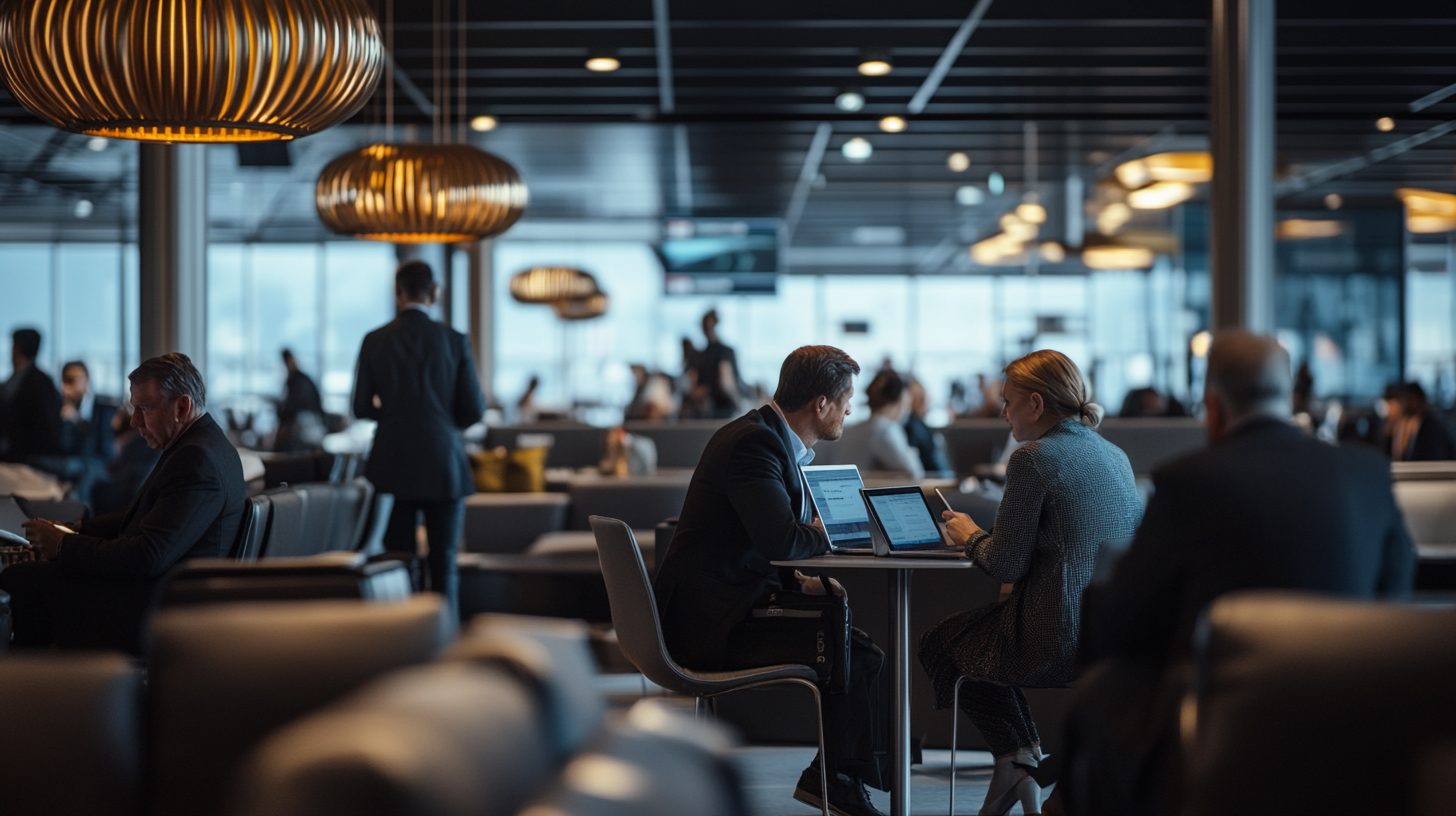
Business travel is no longer just about shuttling between client pitches and corporate headquarters. It’s a dynamic arena that rewards preparedness, creativity, and open-mindedness, whether you’re exploring new partnerships or ticking off a few personal bucket-list items. In a landscape that continues to evolve, success hinges on staying informed about policies, leveraging the right tech tools, and remembering the excitement that travel can bring.
There’s a renewed energy in the terminal walkways, and communities worldwide are benefiting from it. From local taxi drivers and hoteliers to conference-hosting cities, the ripple effects of well-planned corporate travel extend far beyond the airport gates. It’s reassuring to see organizations and workers alike reaffirming the value of in-person engagement, mindful of both budget considerations and the global environment.
So as you plan your next business trek, consider how you can optimize schedules, remain cost-conscious, and maybe even carve out a little “bleisure” time. With thoughtful strategies and a sense of wanderlust, we can all make the most of this renewed era of corporate jet-setting.
Barry B.’s Take
When I see crowds filling up airline lounges again, it reminds me how essential human connection is—even in a digital age. I’ve run into old colleagues in unexpected places and made new connections I couldn’t have formed in a virtual meeting. The synergy you get from sharing a physical space has a magic all its own.
That’s why I believe the future of business travel isn’t just about flying from point A to point B, but about finding balance, discovering fresh ideas, and letting the journey become part of the story. I’m here for the hustle, the connections, and the fun that keeps us coming back for more.
milesBUZZ is your ticket to staying flight-ready, so be sure to check it out for all the latest frequent flyer insights.



